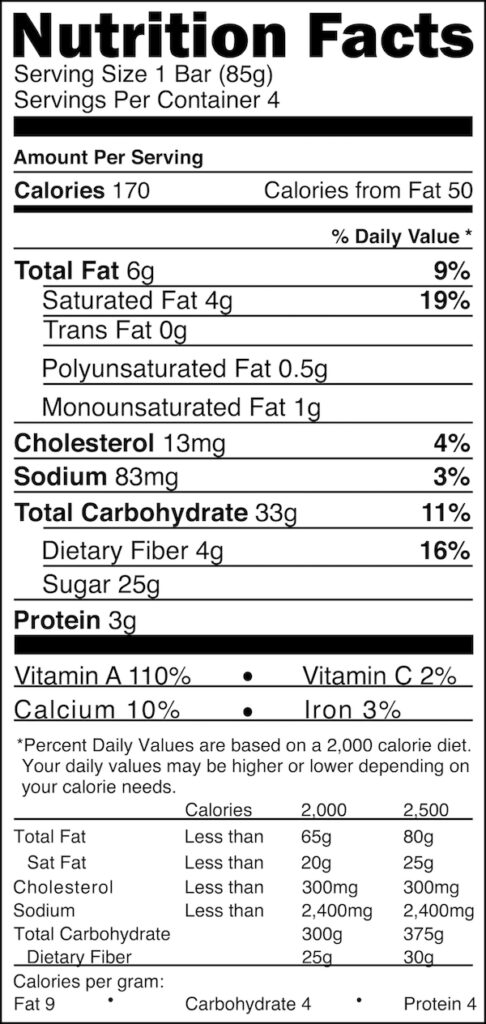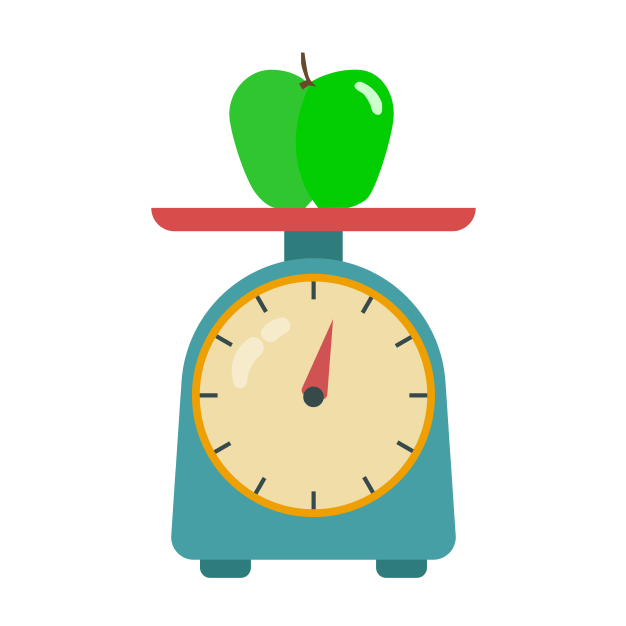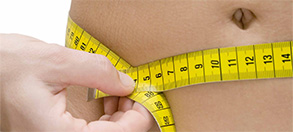Consultations offered at our three convenient locations in Houston, Katy, and Webster, TX

Nutrition labels are required by the FDA on all packaged foods. They are helpful when counting calories, counting carbs, or deciding whether something in the grocery store will fit your diet.
Not all foods are labeled. Fruits, vegetables, meat (and also alcohol) aren’t required to list their calorie content, but you can still determine calories using a scale or measuring cups (weight tends to be more accurate).

Serving Size – The most important part of the nutrition label. All the numbers on a nutrition label are per serving. On this label, one serving is 3/4 of a cup.
Calories – The key to weight loss. If you want to lose weight, you’ll have to reduce your calories.
Total Carbohydrates – This is where you’ll find sugars, starches and fiber. Avoid foods with high sugar content, especially added sugars.
Total Fat – Important for your health, but less important for weight loss. Fat digests slower, which helps you feel full longer, but it’s also high in calories.
Dietary Fiber – Not all carbs are bad, and some are even beneficial. Fiber slows digestion, which makes you feel full longer and lowers blood sugar levels.
Protein Like fiber, protein digests slowly, which makes you feel full longer. It’s also essential for building and maintaining muscle mass.

Tip: Always Measure Your Portions Use measuring cups or a scale! Otherwise you may be eating double the calories you think you are.
What If There is No Nutrition Label?

As mentioned, not all foods come with a nutrition label. When cooking at home, you’ll often be using ingredients from the produce or meat section, and these won’t come with labels. This is where you’ll actually need to do some math, and have a calorie website or app where you can look up the calories. There are many options available, just find the one that works for you.
Some meals, like steak or baked potatoes, can be measured individually. These are the easiest items to measure and track. Look up the calories per ounce or per gram using your preferred app. Remember, a 2lb potato has more calories than a 6oz potato, always check the serving size and make sure you’re not over or under-estimating your calories.
Doing the Math
Sometimes your calorie reference can be less-than-helpful. Let’s say your app tells you that a 170g potato has 130 calories, but your apple is 210 grams. The math is easier when you have a calorie count per gram or per 100 grams, so look to see if those measurements are available first. If not, divide the number of calories by the number of grams to get the number of calories per gram. Then multiply that by the number by the number of grams in your potato. This theoretical potato has approximately 160 calories.

For family-size items like meatloaf, do what the recipe-makers do: add up the calories of all the individual ingredients, then divide by serving size. For example, if all the ingredients in your meatloaf (ground beef, onions, bread crumbs, eggs, mushrooms and spices) combined add up to 1600 calories and you cut it into 8 equal slices, each piece of meatloaf will be 200 calories.

Tip: Storing Leftovers Instead of putting each item (meat, sides, vegetables) in a separate container, pre-pack individual, re-heatable meals with a single serving of each item so that you know how many calories are there. You can save and re-use plastic to-go containers to make this easier on your budget.



